Panelists voice optimism about innovation, R&D, emerging technologies in aquaculture
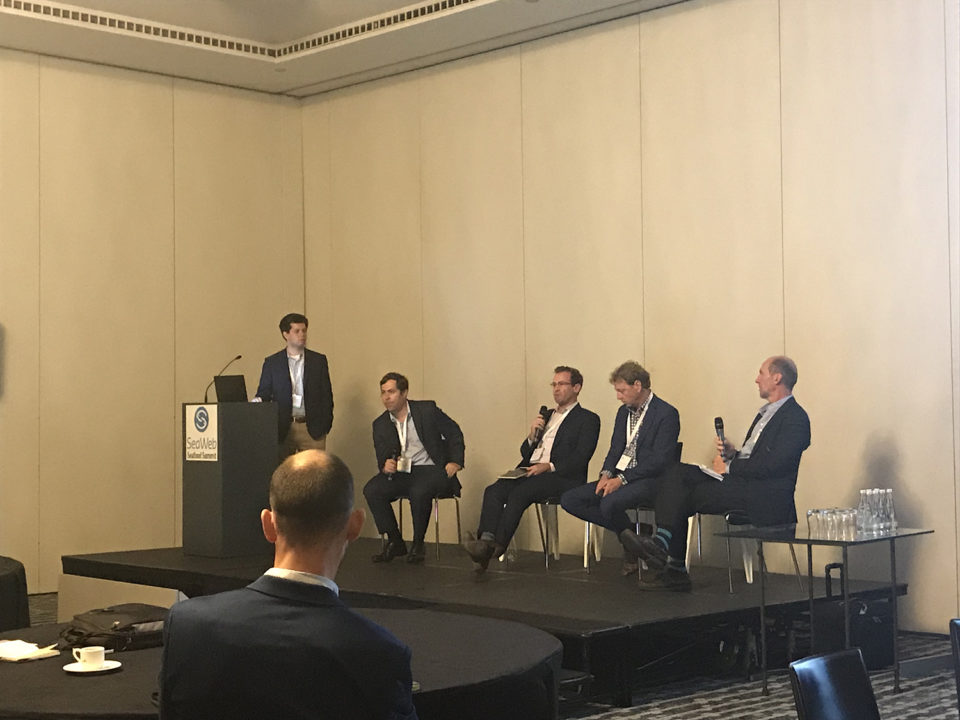
The role of impact investment – financing that seeks environmental and social returns in addition to profits – was examined regarding aquaculture’s future stability during a SeaWeb Seafood Summit panel held in Barcelona, Spain, last week.
The triple-bottom-line approach holds great promise, but not all panelists agreed that it was a panacea. Trip O’Shea, VP of New York-based fund Encourage Capital, said that financial stability was the “fifth pillar” of sustainable aquaculture, in response to a presentation given earlier in the day by Greg Brown, program integrity and training manager for Best Aquaculture Practices. Brown listed animal welfare, food safety, environmental responsibility and social welfare as the main four.
However, O’Shea stopped short of lauding impact investing unquestionably, saying that the term made “his skin crawl a bit” partly because it means so many different things to different people. But he expressed excitement for aquaculture innovation and the active research-and-development space.
“I think there’s a range of capped, sort of subsidized investment, that can go into a blended financial approach that’s important for this,” he said. “I also think we need to be very careful about throwing around ‘impact investment’ as an end-all-be-all that saves the industry. We should really understand what we mean by that and how that will work. At the end of the day, it’s an investment, just like any investment. It needs to work and have a business model behind that investment.”
O’Shea said that roughly $1 billion of investment annually, over the next 30 years, will be required to grow the industry to the point where it can provide enough protein for a growing global population. Currently there’s a lack of data to help investors, who want to do the right thing, grow the aquaculture industry to where it aspires to be, he added.
“If businesses don’t work commercially, they’re not going to scale and they’re not going to have the impact that we need them to have,” he continued. “If [aquaculture operations] aren’t financially stable, they won’t, in the long-term, attract the kind of capital that the industry needs.”
Mike Velings, founder of Netherlands-based Aqua-Spark, said his growing fund exists because it can be an example of what needs to be done to “change the course of where aquaculture can go.” Aqua-Spark’s portfolio includes technologies like automated feeders for shrimp and fish ponds, a biotechnology pharmaceutical company with an eye on animal-disease prevention, a progressive halibut farm, a frozen seafood meal-kit manufacturer, and an innovative-business accelerator based in Bergen, Norway, to name a few.
At the end of the day, it’s an investment, just like any investment. It needs to work and have a business model behind that investment.
Velings spoke of a “massive opportunity” for investors, as he says the industry’s output must triple by the year 2050: “Two-thirds of [that future industry] doesn’t exist yet,” he said. “We think finance is absolutely key. Impact or not, you can do this with the same amount of return as in a traditional way. More money will come into the sector over time.”
Growth in aquaculture production will happen on land – with recirculating aquaculture systems, or RAS – and well offshore, he added, as a mix of both is necessary.
“We’re technology agnostic,” he said. “There’s room for everything as long as it’s done in the best way possible.” Velings added that his fund in the coming years expects a 22 percent return on its investments, “way more than any commercial fund does right now.”
Offshore aquaculture – net-pen fish farming in deeper waters amid swift ocean currents, typically several kilometers from the coastline – is where Neil Anthony Sims sees the greatest potential for growth. The co-founder of Kampachi Worldwide Holdings has been pushing for offshore aquaculture development for more than a decade.
The company closed its series A financing last October and projects that its Cabo Kampachi-branded yellowtail, or amberjack, will be in markets by March of next year. The company’s fish is being cultivated near La Paz, Mexico, after initially seeking to produce in the deep waters off Hawaii’s Big Island.
“We started in 2008 – a terrible time to start raising money. We persevered because we fervently believe that offshore aquaculture offers an opportunity to feed the planet without trashing the planet,” Sims said, adding that a lack of a track record is holding back investors from embracing offshore aquaculture – as is lackluster government support, a primary factor that prevented the company from pursuing commercial development in Hawaii.
“There’s a scalability as you move into deeper water, further offshore. It has to be done at scale. You cannot begin with a single cage out there. That’s throwing money down the rathole,” said Sims. “There’s a lot of financing that needs to come together to support it, as well as investors that believe in the underpinning philosophical drivers.”
Even the worst aquaculture is still better than the best beef production, in terms of terrestrial conservation impacts.
Asked if there was resistance to investment in aquaculture for generating social and environmental returns, Sims agreed that there was.
“Mike is here. But who else is there? You can count impact investors on one hand. It’s pretty scary when we’re talking about the scale [needed] here,” he said. “From a global perspective, we have to do something. Inaction is not an option. Yes, there are risks – escapes, disease issues. We have to come to grips. We can’t run away from those.”
Velings said Aqua-Spark – a diversified fund investing in operations, technology and feed and animal welfare solutions – is a “land post” for investors interested in aquaculture but unsure of where to begin. “Everybody” is interested in aquaculture he said, but few investors are willing to pull the trigger.
“There’s no comparables,” he said, adding that investors simply want to feel comfortable before diving in. “But if we can really show that this [works], it won’t matter if there’s only a few [of us]. It will open a sea of investors – that’s the whole point. It will take a while but we’re optimistic.”
O’Shea said that food security, resource efficiency and human nutrition needs are all reasons to get behind aquaculture. Encourage Capital is partnering with The Nature Conservancy – whose global aquaculture lead, Robert Jones, served as the moderator of the panel discussion – to explore “regenerative or restorative aquaculture” that provides crucial ecosystem services such as sequestering carbon. While seaweed and bivalve shellfish farming has very few critics, O’Shea stressed that aquaculture has upsides that will be hard to ignore in the future.
“Even the worst aquaculture is still better than the best beef production, in terms of terrestrial conservation impacts,” he said. “It’s important to keep that in mind.”
Follow the Advocate on Twitter @GAA_Advocate
Now that you've reached the end of the article ...
… please consider supporting GSA’s mission to advance responsible seafood practices through education, advocacy and third-party assurances. The Advocate aims to document the evolution of responsible seafood practices and share the expansive knowledge of our vast network of contributors.
By becoming a Global Seafood Alliance member, you’re ensuring that all of the pre-competitive work we do through member benefits, resources and events can continue. Individual membership costs just $50 a year.
Not a GSA member? Join us.
Author
-
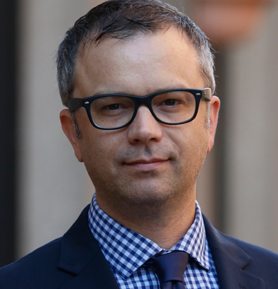
James Wright
Editorial Manager
Global Aquaculture Alliance
Portsmouth, NH, USA
Tagged With
Related Posts
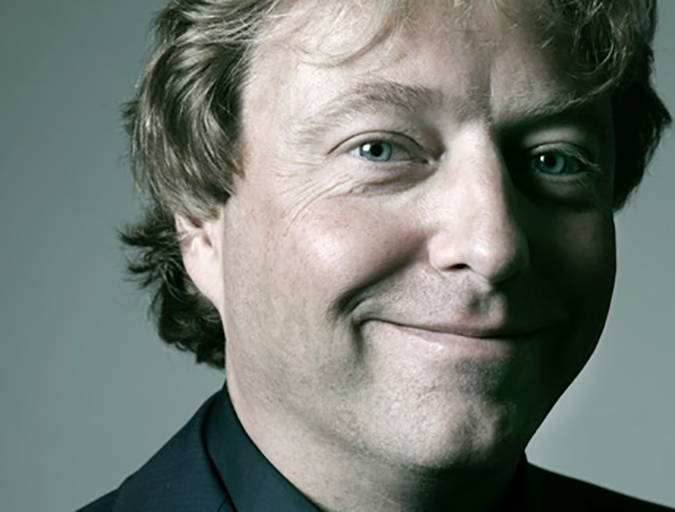
Innovation & Investment
Aquaculture Exchange: Mike Velings, Aqua-Spark
Dutch investment firm Aqua-Spark has in just two years developed a modest portfolio, but a strategy that is poised for growth and impact across the entire aquaculture value chain, its CEO and co-founder told the Advocate.

Intelligence
Love connection: Aquaculture investor finds partner in retail seafood brand
For the first time, the Aqua-Spark investment fund has partnered with a consumer brand. With its investment in U.S. company LoveTheWild, the Netherlands-based group seeks to become a trusted voice in aquaculture.
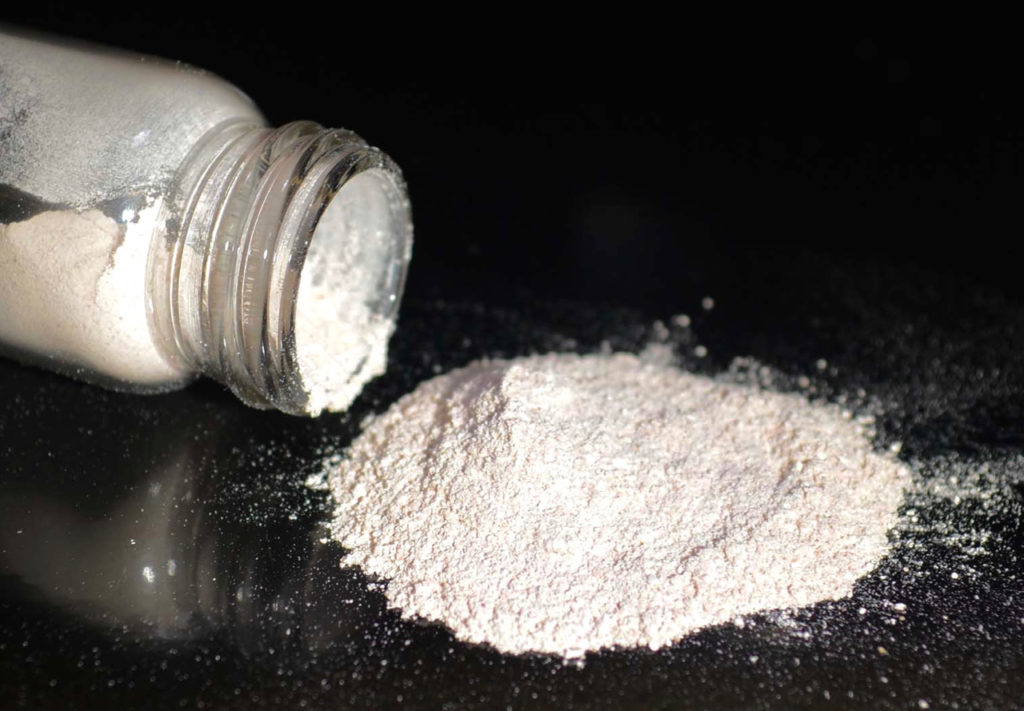
Aquafeeds
A new nutrient for aquaculture, from microbes that consume carbon waste
Biotechnology firm NovoNutrients aims to produce a line of nutraceutical aquafeed additives as well as a bulk feed ingredient that can supplement fishmeal. Its process includes feeding carbon dioxide from industrial gas to a “microbial consortium” starring hydrogen-oxidizing bacteria.
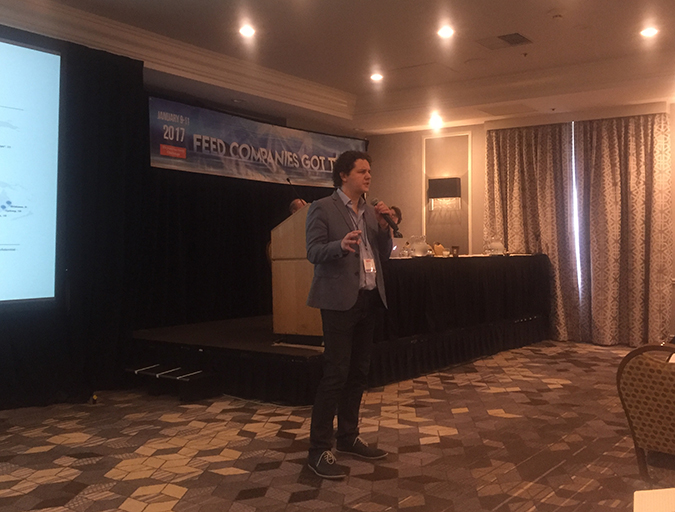
Aquafeeds
Talent show: Aquafeed companies show off at F3
Aquafeed manufacturers and alternative feed ingredient suppliers from all over the world gathered in Silicon Valley for F3, the Fish Free Feed contest. In the hub of innovation, solutions to a global problem were on full display.

